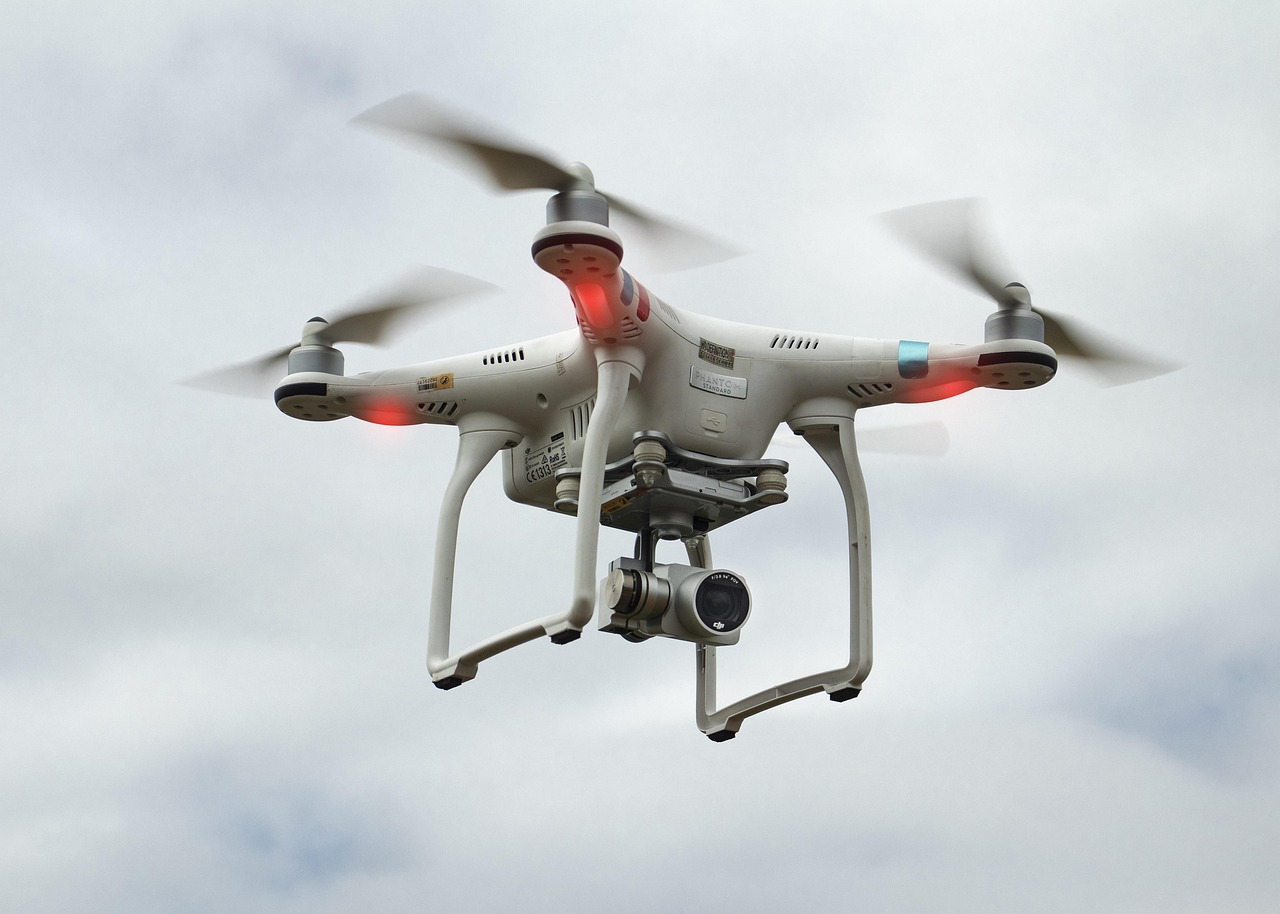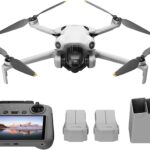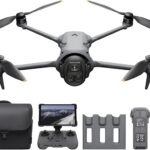First Responders Take Flight: How Drones Are Revolutionizing Disaster Response

Once relegated to hobbyists and aerial cinematographers, Unmanned Aerial Vehicles (UAVs), or drones, have proven their mettle as indispensable tools in the high-stakes arena of disaster relief. When infrastructure crumbles and every second counts, these agile aerial platforms deliver capabilities that are transforming how emergency services operate in critical situations.
Aerial Eyes and Tactical Support: Key Drone Applications

In the chaotic aftermath of natural disasters or large-scale emergencies, drones provide immediate and impactful advantages:
- Rapid Damage Assessment & Mapping: Deployable far quicker than manned aircraft or satellite imagery tasking, drones generate high-resolution maps and 3D models of affected areas, identifying structural damage, blocked routes, and safe zones for intervention.
- Precision Delivery of Essential Supplies: From life-saving medication and blood packs to food and water, cargo drones can navigate hazardous terrain to deliver small, critical payloads directly to isolated survivors or first responder teams.
- Enhanced Search and Rescue (SAR) Operations: Equipped with thermal imaging, optical zoom cameras, and even LiDAR, drones dramatically expand the search capabilities of SAR teams, covering vast areas quickly and detecting heat signatures or individuals in otherwise inaccessible locations.
- Establishing Ad-Hoc Communication Networks: Specialized drones can act as temporary aerial relays or mobile cell towers, restoring vital communication links for survivors and coordinating rescue efforts when ground-based infrastructure is compromised.
The Tactical Advantage: Why Drones Excel in Crisis
The utility of drones in disaster scenarios stems from several core benefits:
- Speed & Responsiveness: They can be deployed within minutes, providing immediate situational awareness.
- Accessibility: Their small size and maneuverability allow operation in confined or dangerous environments unsuitable for traditional aircraft or ground teams.
- Reduced Risk to Personnel: Surveying unstable structures or hazardous material sites remotely keeps human responders out of harm's way.
- Cost-Effectiveness: Compared to manned flights, drone operations are significantly more economical for many reconnaissance and light logistical tasks.
Navigating the Challenges:
Despite their efficacy, challenges such as airspace management in crowded disaster zones, battery life limitations, payload capacity, and signal interference in harsh environments are actively being addressed. Regulatory frameworks are also evolving to safely integrate drone operations more seamlessly.
The Future of Airborne Aid
The role of drones in disaster relief is set to expand further with advancements in AI-powered autonomous navigation, sensor fusion, swarm capabilities, and heavier lift capacities. These are not just flying cameras; they are becoming sophisticated, multi-role platforms that save lives and accelerate recovery when disaster strikes.


